A brief history of the circular economy
Daniela Schwab
10. September 2024
The term is relatively recent but the concept is as old as mankind: the ‹circular economy› where goods are reused, recycled and repaired.

Stone, metal, plastic
Exhibition | accessibility.time_to
Our throw-away and consumerist society is a recent phenomenon in the history of humanity. The way people handled materials and objects used to be driven by scarcity and shortages. Up until the Industrial Revolution in the late 18th century, it was normal to hand down clothes, repair tools, reuse building materials, melt down bronze objects to make new ones, and recycle glass containers. Whether they were made from fabric, metal, stone or glass – it was possible for all manner of things to have a second, third, or even infinite life. The exhibition takes a look at the methods of the circular economy past and present. Objects from the Stone Age to the present day show how their history can raise awareness of the value of things.
We were looking for photos of creatively repaired, upcycled or reworked personal everyday objects that you have given a second life to, for our digital showcase. The photos are displayed anonymously in a digital showcase in the exhibition. Here is a selection from the many submissions, for which we would like to thank you very much!
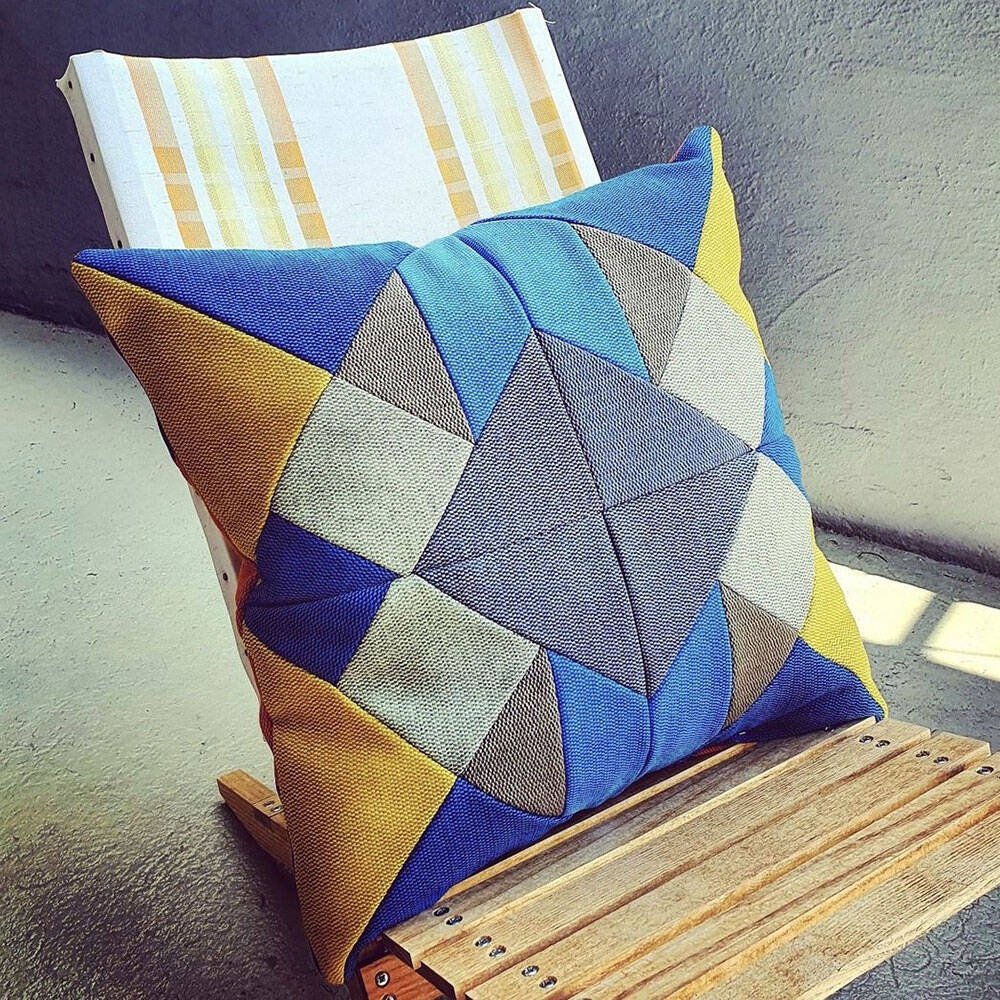
Cushions from second season fabric pattern books.
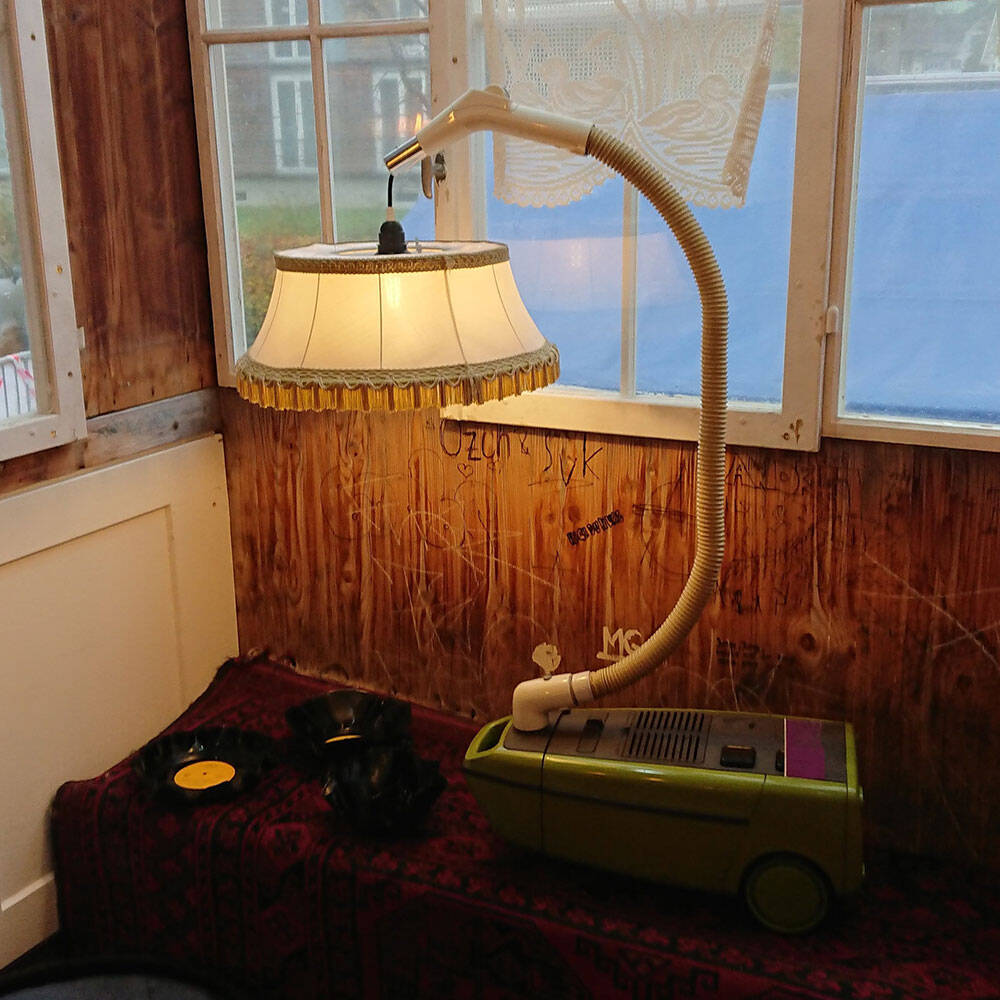
Hoover becomes a lamp.
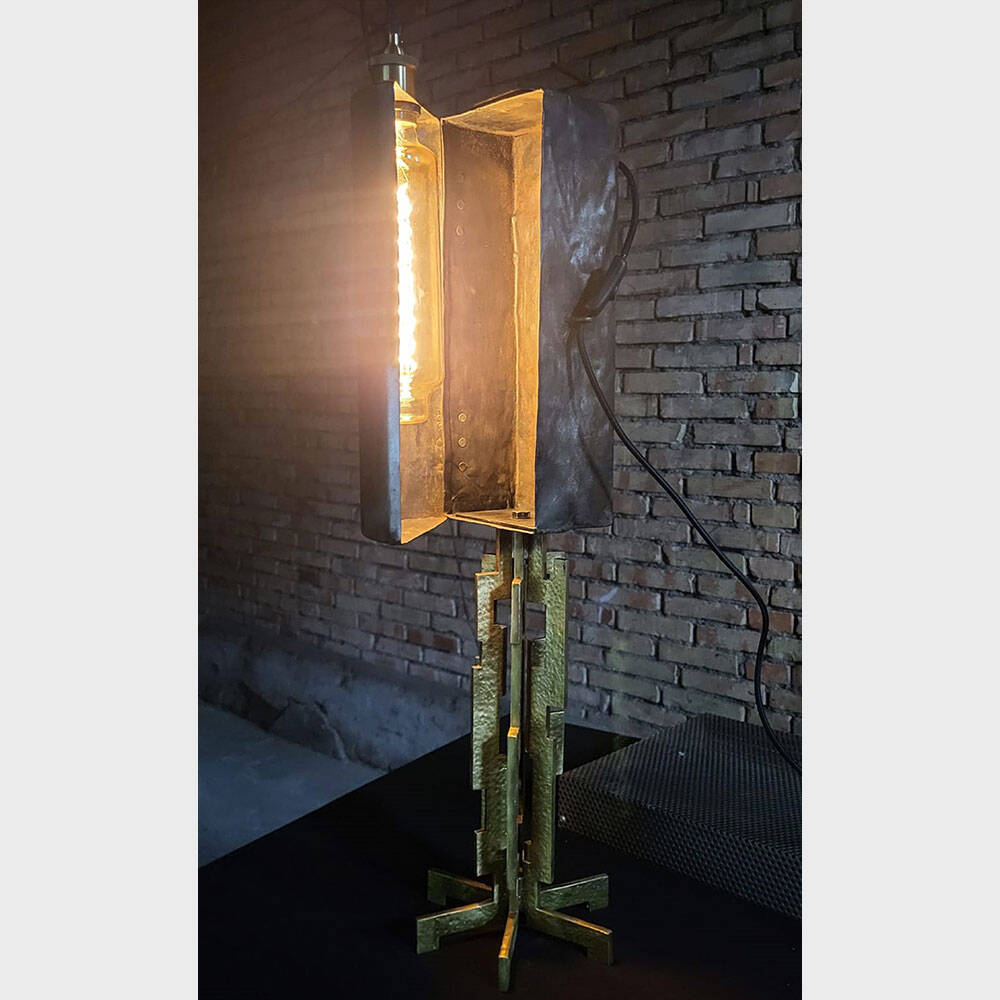
Lamp that is 100% dimmable using the cover, made with materials from landfill sites.
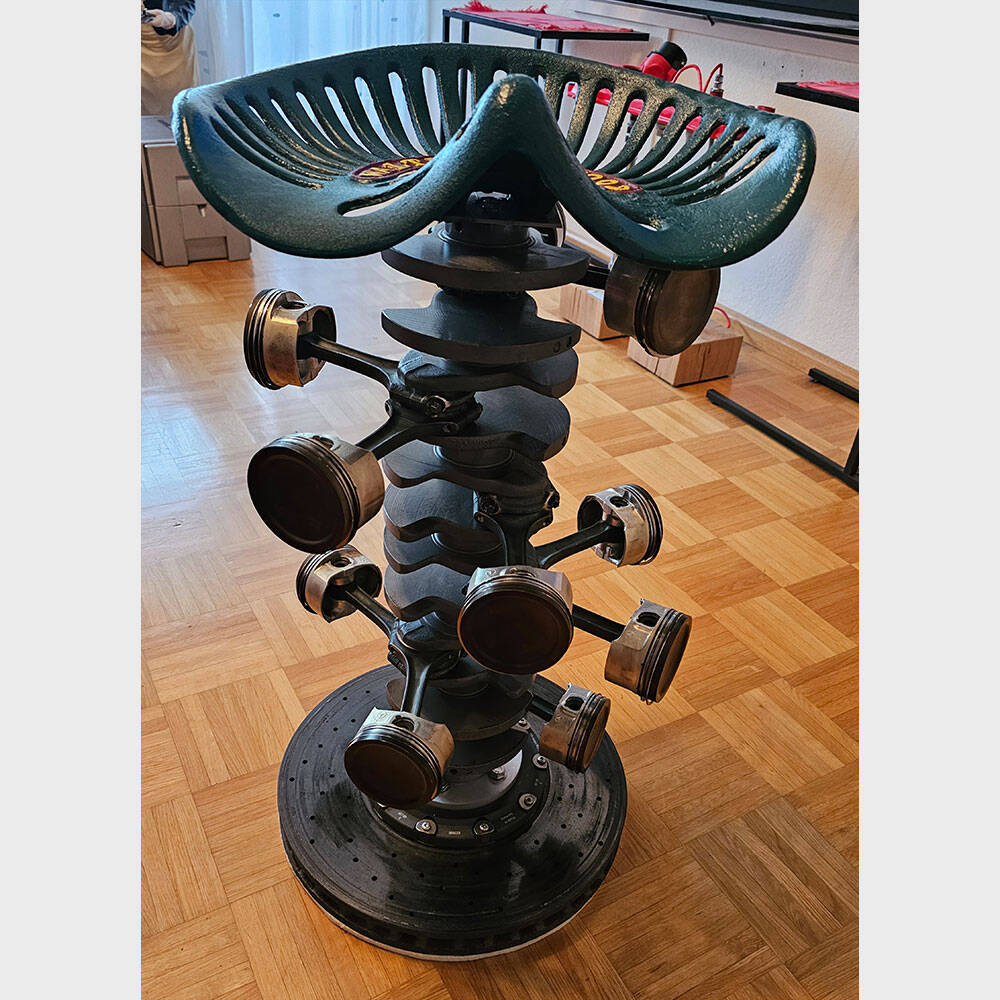
Bar stool made from the innards (crankshaft, connecting rod, piston) of the Mercedes S65 AMG V12 Biturbo, with the matching carbon brake disc for a secure stand.
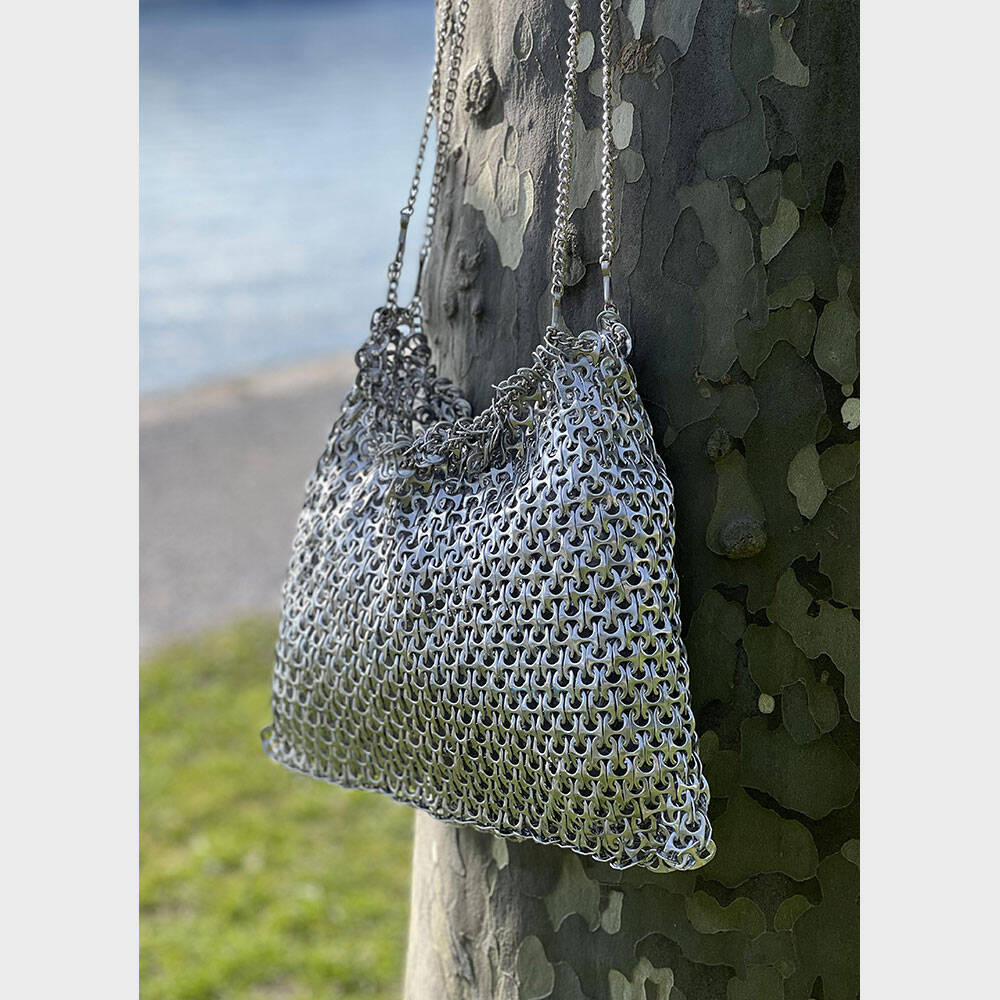
Handbag made from aluminium can tabs.
Repair, reuse and repurpose: A new exhibition at the National Museum Zurich takes a look at the methods of the circular economy – from the Stone Age to the present day.
Although the term itself is relatively new, the circular economy has existed since the beginning of human history. Our ancestors also produced waste and polluted the environment. But prior to today’s throw-away, consumerist society, the need to overcome scarcity and shortages determined the way in which we handled materials and objects. Wherever possible, they were recycled, repaired, refashioned or reused.
By presenting objects that were mended, reused and cherished across generations, the exhibition heightens our awareness of the value of giving a second life to things.
Evidence of materials being reused can be found as far back as the Stone Age. Damaged flint blades and stone hand-axes were not thrown away: they were specifically repurposed so that they could be used again. Later, bronze pots and jars, jewellery, tools and sculptures were hoarded in depots, melted down and transformed into coins and weapons, for example. Some objects, on the other hand, remained unchanged but were handed down and used from one generation to the next. Examples include a 17th-century cradle in which numerous members of the Waser family from Zurich were most likely first rocked to sleep.
Before the industrial mass production of textiles began, these too were used until they fell apart and were no longer serviceable. The well-to-do often gifted their cast-off clothing to servants, after which the remnants would be torn into rags and used as dusters, in paper production, or even as toilet paper. Particularly expensive garments worn by the nobility would likewise take on a new life in churches and monasteries as liturgical vestments, dresses for figures of the Virgin Mary, altar cloths or wrapping for relics.
Before the 20th century, the main factor driving the development of reuse, recycling and upcycling strategies was the scarcity of resources. Today, both excess production and environmental pollution are forcing us to think hard about the circular economy. New technologies can open up new opportunities in this respect: the internet enables us to swap and sell used objects. Contemporary fashion designers upcycle to breathe new life into old or use waste materials to create new clothing and accessories.
And the exhibition is making its own contribution to this ethos. Many of the structural elements were previously used for other exhibitions or can be used again in future. The exhibition runs from 14 June to 10 November 2024 at the National Museum Zurich. It will then go on display at the Forum of Swiss History Schwyz from 7 December 2024 to 27 April 2025.
The exhibition will also be shown at the Forum of Swiss History Schwyz from 7 December 2024.
Wir danken:
The Swiss National Museum would like to thank the Willy G. S. Hirzel Foundation for its support.